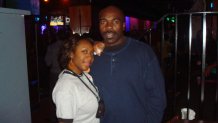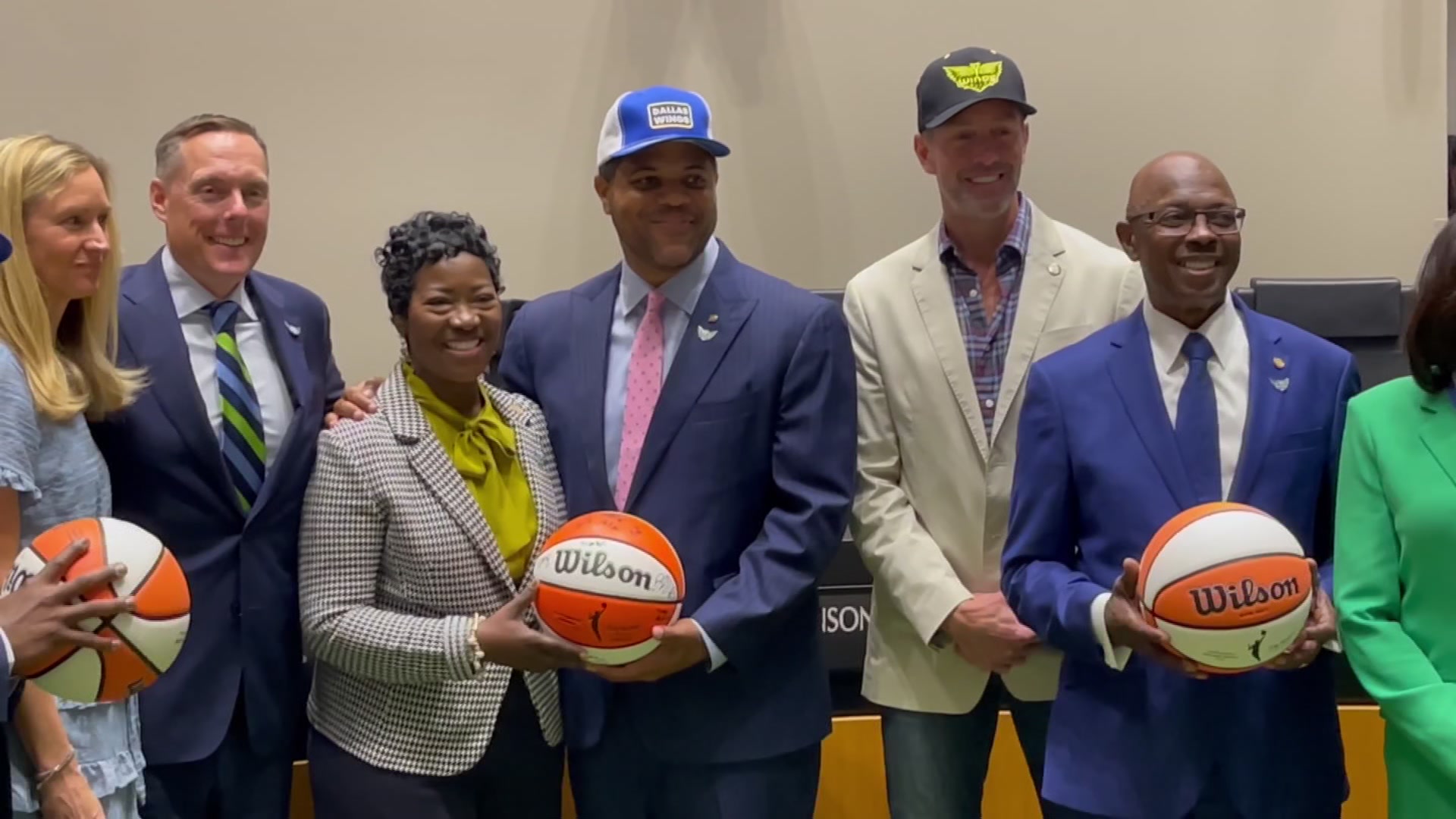When Dallas Major J. Wade Tate established a bath house and bathing beach on the eastern side of White Rock Lake in 1930, he probably never imagined the facility that housed dressing rooms would become the Bath House Cultural Center, the home of the Festival of Independent Theatres.
 Courtesy of Judith Haralson Wolfe
Courtesy of Judith Haralson WolfeMayor Tate, an advocate of “plain people”, had a vision for summer fun at the reservoir and commissioned the Dallas architectural firm, Carsey and Linskie, to design a bath house for swimmers to change into their bathing suits before taking a dip in White Rock Lake. The resulting concrete facility covered in white plaster is one of the first examples of Art Deco architecture in the southwest.
In addition to storing their belongings in the provided lockers, swimmers could rent swimming suits and enjoy concessions. At its opening, admission fees were 25 cents for adults and 15 cents for children and it remained a popular summer outing for Dallas citizens for 23 summers until September 1, 1952.
A drought forced the beach to close as White Rock Lake was needed as a water supply. The building remained vacant until 1978 when the City of Dallas decided to renovate it at the urging of neighborhood arts advocates. In 1981, the renovation was complete and Dallas’ first city-owned neighborhood cultural center opened.

Today, the Bath House Cultural Center is the home of a 116-seat black box theatre, three gallery spaces and other multi-purpose spaces. According to Marty Van Kleeck, the manager of Bath House Cultural Center, the facility is the only open building on White Rock Lake’s trail. Many people, surprised by the length of the trail around the lake, stop by the building and discover the White Rock Museum calls the cultural center home.
The Bath House Cultural Center provides performing space for eight to ten performing groups a year, including Echo Theatre, WingSpan Theatre Company, and One-Thirty Productions. The gallery spaces feature the work of local artists, exhibiting 600 pieces of art a year. The center features 400 artists and draws in 32,000 patrons annually. There is an amphitheater, three pieces of public art outside the center, and a butterfly garden. At night, it isn’t unusual for coyotes wander through the parking lot.

The recession in 2008 and 2009 resulted in significant cuts in the City of Dallas Office of Cultural Affairs’ budget and a critical staff position at the Bath House Cultural Center was in danger of being eliminated.
Local
The latest news from around North Texas.
Concerned neighbors, artists and patrons of the Bath House Cultural Center rallied and formed Friends of the Bath House Cultural Center. In four months, the group raised money to support the staff position and the group continues to act as advocates of the facility, develops fundraising efforts, and volunteers for the facility’s special events.
The facility offers year-round arts activities, but the crown jewel of the Bath House Cultural Center’s summer programming is the Festival of Independent Theatres (FIT). Now in its eighteenth summer, FIT produces one-act plays of eight independent theater companies in a rotating schedule throughout the month of July.
This year, FIT features work from two founding companies of the festival, WingSpan Theatre Company and Echo Theatre in addition to the shows from six new theater companies.

Van Kleeck explained the Bath House Cultural Center’s role in FIT, “We have the ability to nurture and we are focused on local artists. Our facility is equipped and has staff with the ability to assist.” Companies in the festival are given production support, free space, marketing and box office services and benefit from the festival’s ticket sales.
Each theatre company has three rehearsals at the facility, presents their show six times during the festival, and must move their set in and out of the space in seven and a half minutes. According to David Meglino who is acting as managing director of FIT for the ninth year, that time limit does not stifle creativity, “We are proud we have been able to present fully designed productions and create powerful and memorable theater using scaled back design elements.”
The rotating show schedule means a different combination of shows are presented each day of the festival, “By collaborating collectively under the festival’s banner, each company is given the opportunity to experience new groups with new ideas and individualized production process, to enjoy and hopefully learn from,” said Meglino. Van Kleeck explained the rotating schedule introduces audiences to new theatrical experiences, “You come to see a show from a company you know and discover a show and a theater you didn’t know.”
Susan Sargeant, WingSpan Theatre Company’s producing artistic director, appreciates another benefit of participating in FIT, “For me, the nature of FIT is about risk-taking. WingSpan’s FIT productions have always stayed true to WingSpan’s mission. However, I have enjoyed expanding my flight plan in the FIT venue.” WingSpan Theatre Company’s FIT shows have included six world premieres by local playwrights and lesser known works by established playwrights such as Edwards Albee, Samuel Beckett, Tennessee Williams, John Guare, and Caryl Churchill. WingSpan Theatre Company’s 2016 contribution to FIT is Samuel Beckett’s Play.
With significant production and marketing support from the Bath House Cultural Center, Sargeant called FIT “a proven launching pad for emerging theatre companies, new work and innovative thinking and theatrical approaches.” The festival is an opportunity for these independent theater companies to get their work in front of a diverse audience. After the festival, theater companies can gauge reaction to their work and decide the company’s next steps.
Swimming is no longer allowed at White Rock Lake, but the Bath House Cultural Center has created a new summer tradition for Dallas: diving into innovative theater.
This year’s FIT conclude on July 30. CLICK HERE to learn more about all of the shows in the Festival of Independent Theatres.
Kimberly Richard is a North Texan with a passion for the arts. She’s worked with Theatre Three, Inc. and interned for the English National Opera and Royal Shakespeare Company. She graduated from Austin College and currently lives in Garland with her very pampered cocker spaniel, Tessa.



